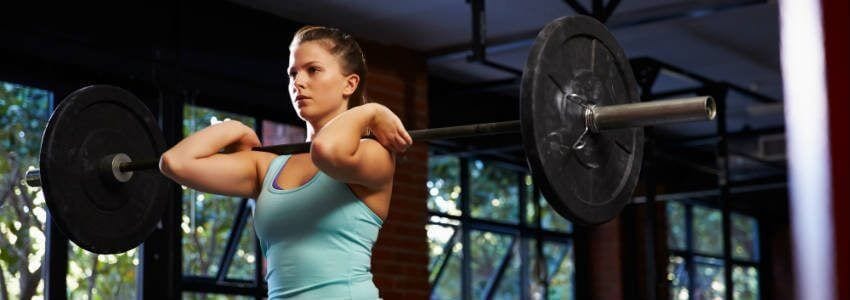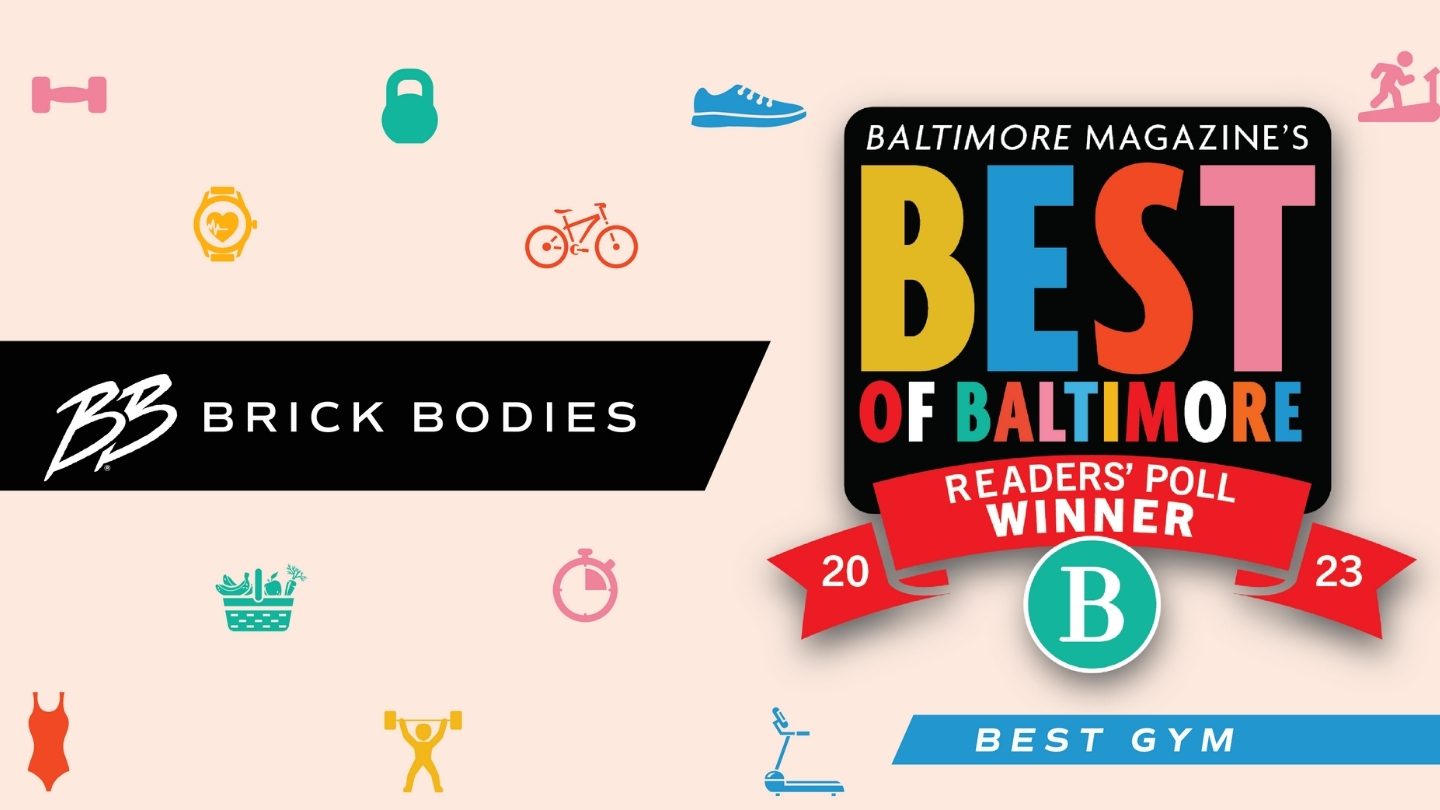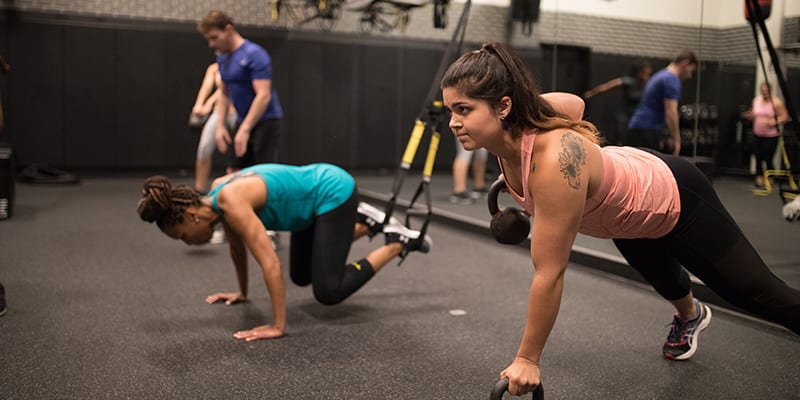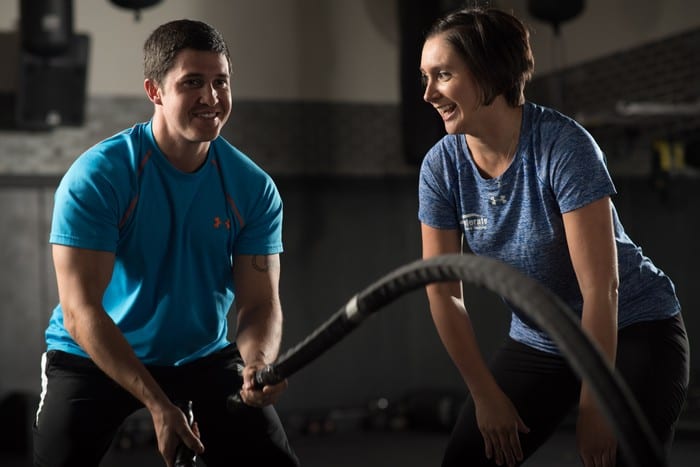Stay on Track with Personal Training in Timonium
You’re in a plank position. Your toes are on the ground. Your hands are a little wider than your shoulders. You bend your elbows and then straighten them. What are you doing? A push-up? Okay. But, what are you actually doing? Are you moving- up-down-up-down-up-until you reach some random number? Why are you are doing a push-up? Which muscles are working? Will this help you reach your goal? What is your goal? Are you tired from ducking all these questions I’m lobbing at you? Follow these 4 steps to make sure you don’t reach a plateau in your current personal fitness routine.
Evaluating Your Personal Fitness Routine
1) Focus!
I’m not talking about yoga or meditation here. I’m talking about infusing your current workout with intention and attention to rev-up your personal fitness routine. Whether you’re starting out or have an established personal fitness routine, a little thought goes a long way. Bad habits sneak in. What was once a balanced squat might have become quirky when you favored your leg last month after kneeling on the remote control. Or, maybe your squats look great and it’s time to add some weight.
If you don’t periodically check-in, strength and cardio gains will stagnate as your body gets accustomed to the same old, same old. Or, worse, repetitive use injuries or poor form can stop you cold.
Reset. Take a moment to pay attention to the movements you do.
2) Look more. Guess Less. Finesse
It’s o.k. to use the mirror to check for tears in your spandex before straddling the bench for a chest press. It is also 100% o.k. to stand in front of a mirror to check your form when you lift weights, kick out some cardio or learn new movements. Visual feedback can reveal muscular imbalances and poor technique.
Don’t be shy about wearing form-fitting clothing. It can reveal whether or not your joints are properly aligned during dynamic movements.
Ask someone to watch your form. Choose a trusted friend, fellow gym-goer (just don’t be sleazy about it), trainer or instructor.
3) Hey, Coach! Recruit a Functional Team
Your muscles are your mind’s team. Carefully recruit your players and decide who is on the playing field. To do that, you have to know what each one brings to the table, which ones tend to pick-up the slack when a teammate is lazy and how to tease out the best work out of all muscles involved.
Don’t implement a more challenging movement or add 30 pounds to your bar without understanding what muscles to recruit and whether or not the movement sequences will meet your needs. Time spent now coordinating movements to fit your goals will be time saved later when you reach your fitness goal without injury or wasted effort.
4) Kinesi-what?
Most of us don’t have kinesiology degrees to help us fine-tune our workouts. Don’t fret. The one thing in life that is free is advice. Look toward solid resources like the American College of Sports Medicine, the American Council on Exercise and other respected research organizations for information. Or, ask a certified personal trainer, coach or fitness instructor at your gym for help.






